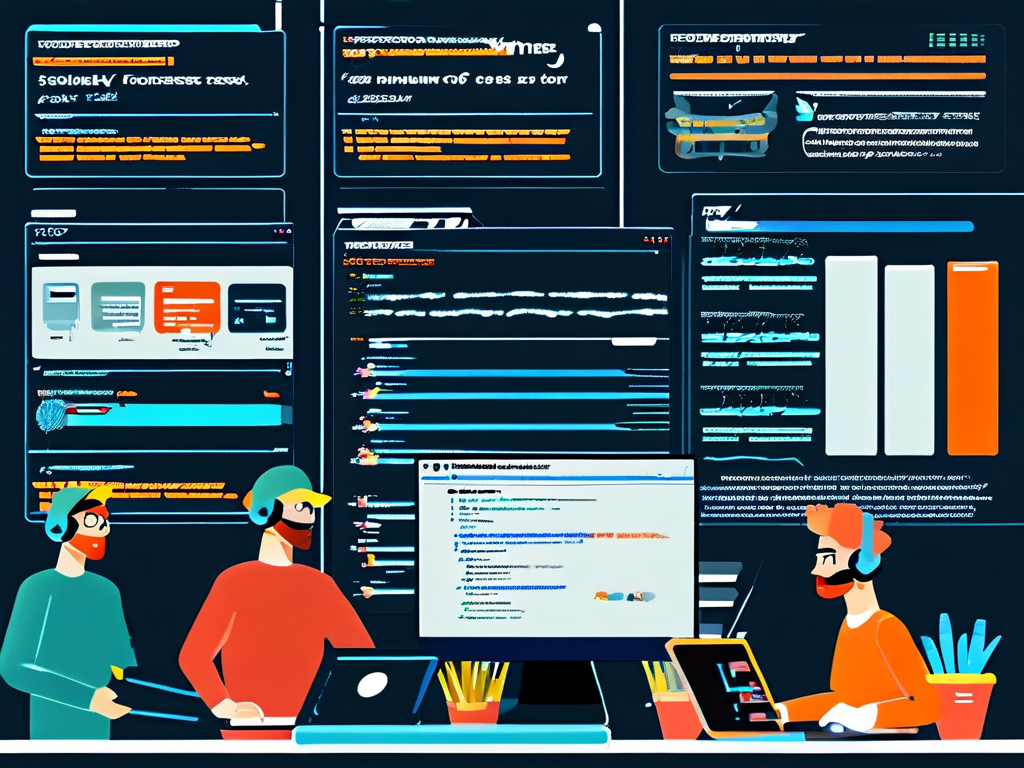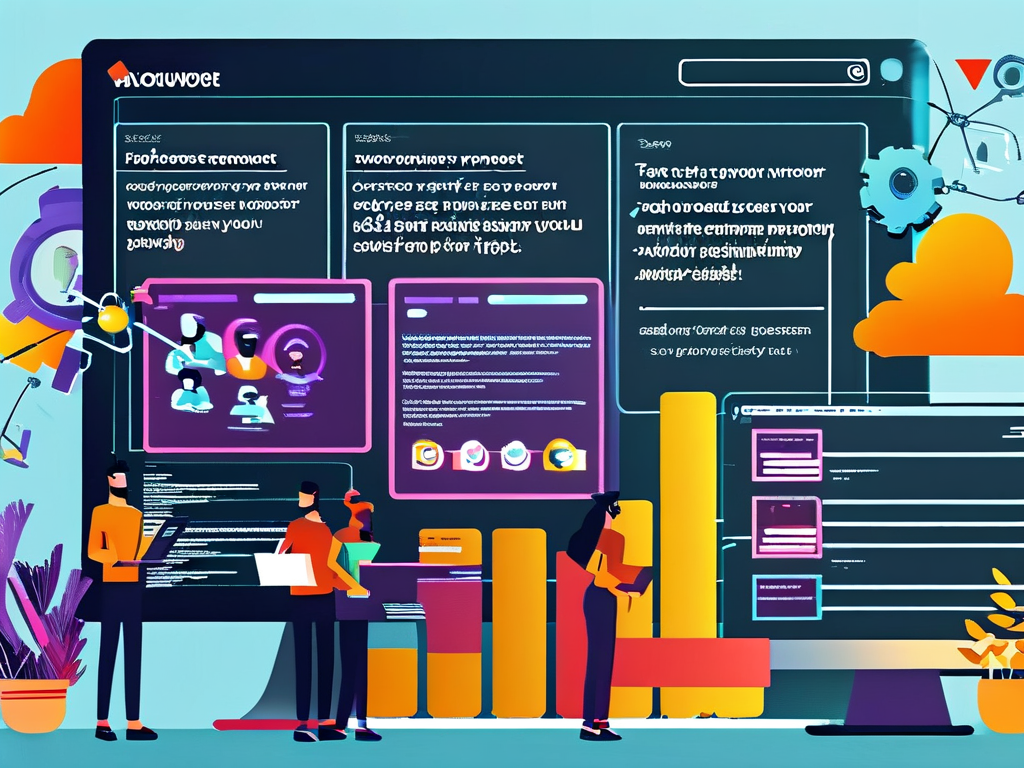In modern web development, efficient deployment of frontend frameworks has become critical for maintaining competitive workflows. As applications grow in complexity, manual deployment processes often lead to human errors, version conflicts, and delayed releases. This article explores practical automated deployment strategies for popular frontend frameworks like React, Vue, and Angular, focusing on reducing friction in continuous integration and delivery (CI/CD) pipelines.
The Need for Automation
Frontend frameworks rely on intricate build processes involving transpilation, bundling, and asset optimization. Manual execution of these steps creates bottlenecks, especially when handling multiple environment configurations (development, staging, production). Automation ensures consistent builds, enforces testing protocols, and accelerates delivery timelines. For instance, a missed cache-busting parameter during manual deployment could break user experiences, while automated systems embed versioning systematically.

Core Components of Automation
- CI/CD Pipeline Integration
Tools like Jenkins, GitHub Actions, or GitLab CI enable seamless integration with code repositories. A typical workflow might trigger builds on everygit push, run test suites, and deploy to specified environments based on branch rules. For example:
# Sample GitHub Actions configuration
name: Production Deployment
on:
push:
branches: [ main ]
jobs:
build:
runs-on: ubuntu-latest
steps:
- uses: actions/checkout@v4
- name: Install dependencies
run: npm ci
- name: Build project
run: npm run build
- name: Deploy to AWS S3
uses: aws-actions/configure-aws-credentials@v4
with:
aws-access-key-id: ${{ secrets.AWS_ACCESS_KEY }}
aws-secret-access-key: ${{ secrets.AWS_SECRET_KEY }}
aws-region: us-east-1
- run: aws s3 sync ./dist s3://my-app-bucket
-
Containerization
Dockerizing frontend applications ensures environment consistency. Teams can preconfigure images with required Node.js versions, global dependencies, and build tools, eliminating "works on my machine" scenarios. -
Cloud-Native Deployment
Platforms like Vercel, Netlify, or AWS Amplify offer framework-specific optimizations. These services automatically detect framework types, apply performance enhancements, and handle CDN distribution.
Framework-Specific Considerations
- React: Leverage incremental static regeneration (ISR) with Next.js for hybrid static/server-side rendering.
- Vue: Use Nuxt.js modules to automate sitemap generation and OpenGraph tag management during builds.
- Angular: Implement differential loading in
angular.jsonto auto-generate ES5 and ES2015 bundles for browser compatibility.
Monitoring and Rollback Strategies
Automation isn’t complete without observability. Integrate error-tracking tools like Sentry or New Relic into deployment workflows. Configure health checks in load balancers to automatically roll back deployments if error rates exceed thresholds. For containerized setups, orchestration tools like Kubernetes enable blue-green deployments and canary releases.
Security in Automated Pipelines
Always embed security checks:
- Scan dependencies for vulnerabilities using
npm auditor Snyk - Validate Content Security Policy (CSP) headers during staging deployments
- Rotate API keys and access tokens programmatically using secrets managers
Adopting automated deployment for frontend frameworks reduces operational overhead while improving release reliability. By combining CI/CD tools, cloud services, and framework-native features, teams can achieve zero-downtime deployments and focus on feature development rather than manual processes. Start by automating a single workflow (e.g., staging deployments), measure performance gains, and gradually expand to full pipeline automation.









